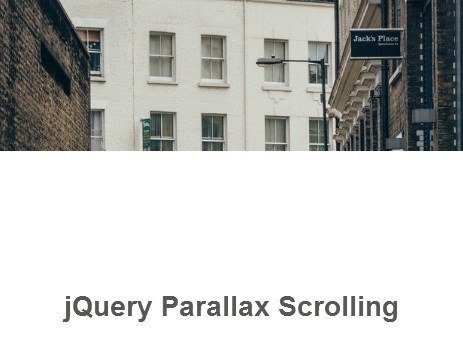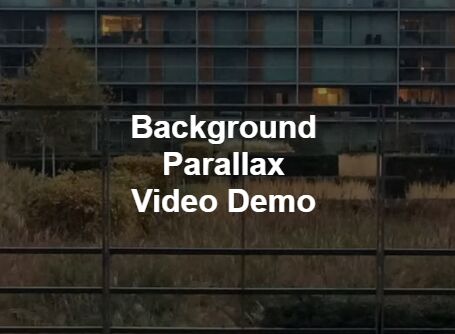
You’ll often find parallax designs coupled with large fullscreen background images. See the Pen CSS Scrolling Parallax Effect by Sebastian Schepis 3. I think anybody could clone this with ease, not to mention the background design could be greatly enhanced. This creates the illusion of depth, and it’s one of the key elements to an excellent parallax design.ĭeveloper Sebastian Schepis has used only CSS for this page, and it’s a pretty simple concept. When you scroll, each page section appears above the background. Here’s a more practical parallax effect with a fixed background and larger pages on top. CSS Scrolling Parallax by Sebastian Schepis See the Pen The Great Fall by CJ Gammon 2. Learning the canvas element gives you a lot of control over your design. It has been built on canvas elements controlled through JavaScript, so it’s a pretty technical setup.įor the most part, this is a testament to what’s possible in modern web development. It uses a custom script to create a waterfall sprite that seems to flow endlessly down the page. This parallax example is one of the most unique interfaces I’ve ever found. So why not explore our collection and discover how you can incorporate parallax design into your own projects today?
Parallax background free#
Each of these examples is accompanied by free source code, so you can experiment with them and even incorporate them into your own projects.īy leveraging the power of parallax design, you can add an extra layer of visual interest to your web pages and enhance the user experience. To remedy this, we have compiled a collection of our favorite CSS and JavaScript snippets for creating parallax layouts. While we have previously shared examples of parallax design on websites, we haven’t delved into the technical aspects of how it works.

This can be achieved through various techniques, such as background changes or semi-fixed position items that move alongside the user’s scrolling. Essentially, parallax design uses motion to create the illusion of depth on a webpage. Now hit play and you have a beautiful parallax effect.Parallax design is a technique that has been growing in popularity on the web, but it can also be a source of confusion for many designers and developers. You need to change the images of each layer, change the layer order and set different Parallax value for each layer. Now you can drag and drop the prefab to your scene as many times depending on the number of layers you want. Drag and drop the Parallax layer on to your project folder to make it into a prefab. Length=GetComponentInChildren().bounds.size Here is the final script using UnityEngine
Parallax background update#
So, let’s update the code to get the distance moved by the camera and if its greater than the length of the image then we shift the startposition of the image by length of the image. So, we need to move the background after the camera has moved a distance greater than the length of the image. The only problem here is if your parallax background is not equal to one then at some point the background is going to disappear. Transform.position=startposition+relative_pos Vector3 relative_pos=your_*parallax_value Start is called before the first frame update Depending on the Parallax value the image will move with camera. We can just multiply the camera’s x position with Parallax value and add it to the start position of the image. So, we will get the camera, start position of the image and the Parallax value. We want this image to move relative to the camera speed. We can cover the blanks using these images. The reason we need three images is when you move the camera there will be a small blank before the image will replicate itself. Set the layer order in the sprite renderer.ĭuplicate the image two times and move them to the sides as shown in the image below.Īll the images will be children of Parallax_layer. Adjust the image size by changing the pixel per unit value so that the background image fits into the camera view.



Steps to Create a Parallax effect Creating a Parallax layerĬreate an empty gameobject and name it as Parallax_layer.ĭrag and drop your first background image as child of the Parallax_layer.


 0 kommentar(er)
0 kommentar(er)
